Introduction
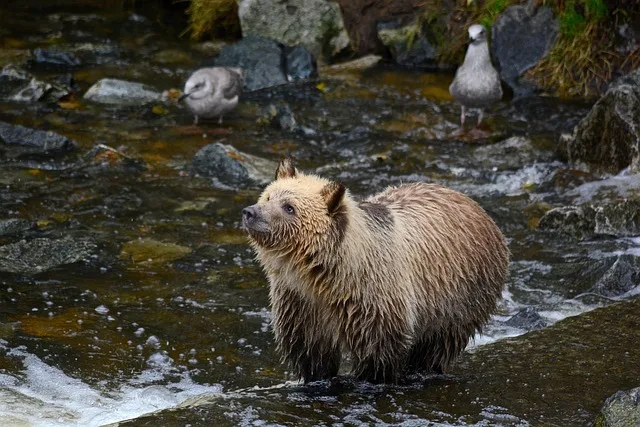
Bears are the creatures of the wild. They have always enthralled humans with their power, speed, and fascinating nature. As we study the world of the bear. It’s important to understand all parts of their lives. These parts include meals and, pretty interesting, their poop. Yes, you heard that right! In this detailed guide, we will go deep into the subject and answer the hot question, “What does bear poop look like?” Prepare yourself for an experience filled with thoughts, and analysis. Also, get a peek into the wild side of nature.
The Basics About Bear Poop
Bear poop, often known as scat, is a major measure of a bear’s location, food, and health. By studying the features of bear scat. Experts, nature lovers, and tourists might gain significant information about these beautiful animals. Let’s take a closer look at the shape, size, and material of bear dung.
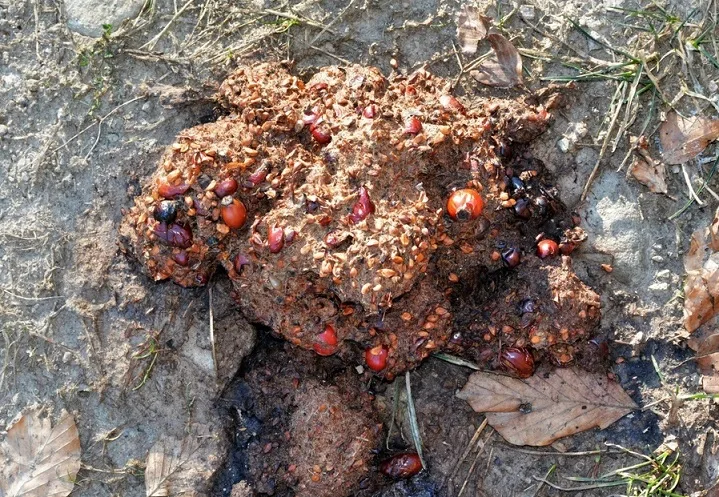
Appearance and Size
Bear feces can change based on the type, food, and individual bear. Generally, it appears as cylindrical or tubular-shaped droppings with curved tips. The size of the bear scat can also change. It ranges from a few inches to several inches in length, based on the bear’s size and food. While bigger bears tend to have larger scats. It’s vital to understand that other factors can influence their size as well.
See also: Choosing 1 of The Best Dog Toys: An Ultimate Guide
Color and Texture
The color and shape of bear excrement are important. It offers important data about the bear’s nutrition. It can range from brown to black, depending on the bear’s food sources. If a bear eats a meal rich in greenery, the scab is likely to be brown. If a bear eats a diet made of meat, the scat may appear darker, almost black in certain situations. The appearance of bear dung can also range from soft and mushy to solid and divided.
Odor
One cannot describe bear scat without noting its unique flavor. Due to their diverse nature. Bears eat a range of foods, including plants, fruits, animals, and, rarely, carrion. As a result, their spit creates a strong and unpleasant smell. This odor serves as a scent tag for bears. It also helps in conversation and personal marking.
See also: Top 10 Best Soft Dry Cat Food 2023: The Ultimate Guide
Factors Affecting Bear Poop Appearance
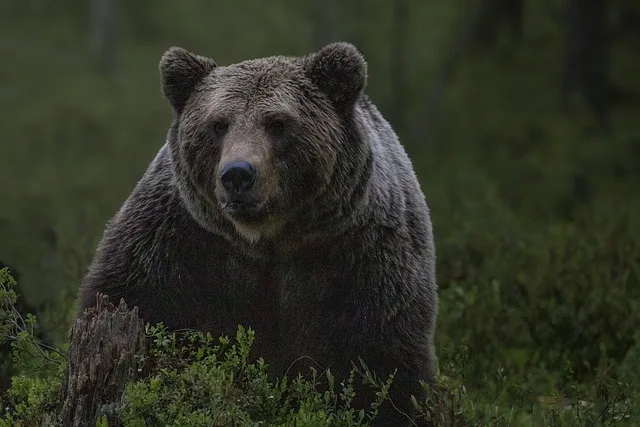
Several things can impact the look of bear poop. Let’s examine two key factors: food and health.
1. Diet
The bear’s food plays a key role in shaping the look of its scat. A meal rich in plants like berries and grass may result in dark and dense feces. In contrast, a diet consisting of meat may lead to a more crumbly and lighter-colored stool. By studying the poop’s look, researchers can get clues about the bear’s food habits.
2. Health
The health of a bear can also impact the look of its poop. Bears who are sick or thin may have uneven or unreliable feces. If a bear has taken anything rare or poisonous, it may be observable in the look of its spit. Monitoring the health of bears through scavenger research is a convenient tool. It helps wildlife scientists observe animal health.
See also: 10 Best Automatic Treat Dispensing Toys – Rabt Corners
Bear Poop Identification: Decoding the Clues
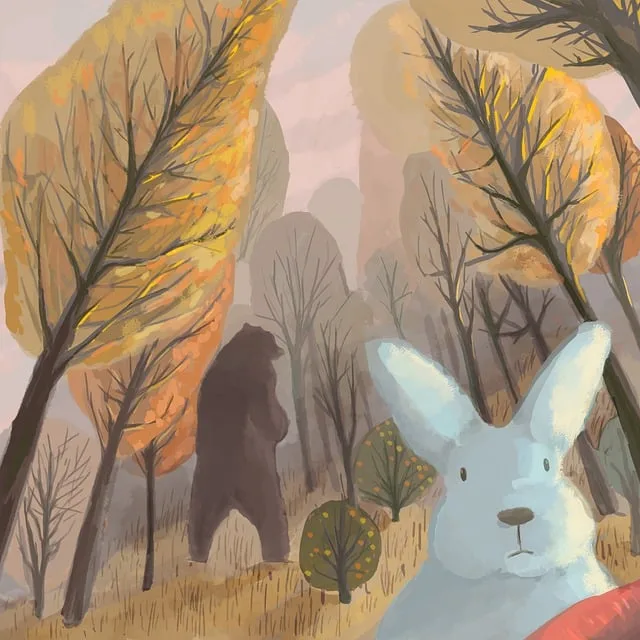
As we move farther into the woods, the ability to identify bear dung becomes a handy skill. By studying the aspects of bear scavenging. We can gain important data about a bear’s food, health, and territorial behavior. Let’s cover the important things to consider while spotting bear poop.
1. Size Matters
The size of the bear scat can provide a general sign of the bear’s type and size. Black bears, the most common bear species in North America, often scat. That is smaller in size compared to grizzly bears. If you come across a big scat over five inches in length, it may be a sign of a brown bear’s presence in the area.
2. Content Analysis
Examining the material in bear dung is like reading nature’s code. By careful examination of the poop’s structure, you can determine the bear’s food. If the scat includes leftover plant debris, such as berries, grass, or seeds. It shows that the bear has been feeding on vegetation. On the other side, if you find remains of fur, bone shards, or bug parts, it suggests a carnivore diet. This vital knowledge helps experts study a bear’s hunting behavior. Also, its effect on the environment.
3. Territorial Markings
Like many other animals, Bears use scavenging as a way of making contact and area marking. By carefully dropping their feces in visible regions. Bears announce their presence to other bears, marking their authority and setting limits. If you run across bear sludge along roads, among tree stumps, or at the intersection of animal tracks, It’s likely a bear’s way of saying, “This is my territory!”
4. Seasonal Variations
Bear feces can show changes based on many food sources. During spring and early summer, when bears return from slumber, Their scavenging sometimes includes bits of greenery as they feast on new greens. As the summer progresses. Their food may change to include fruits, berries, and nuts, which may be noticeable in the mix of their scat. Similarly, throughout the fall When bears prepare for slumber. Their scavengers may have a larger amount of woody plant material.
See also: Earth Rated Poop Bags: A Complete In-Depth Review
FAQs on What does bear poop look like
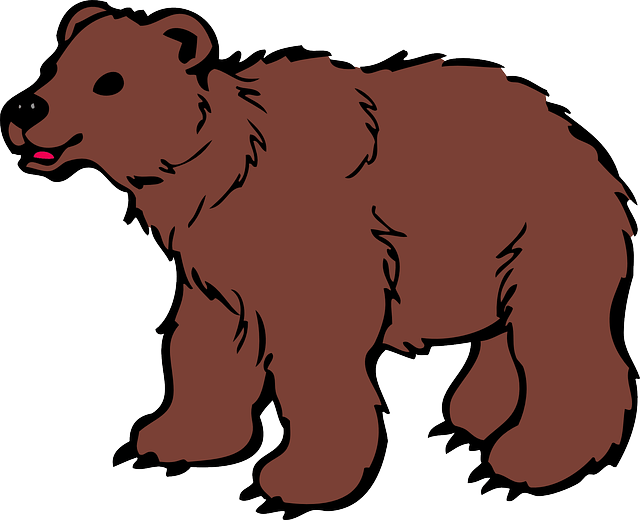
Conclusion
As we finish our trip into the world of bear feces, we have gained fresh respect for the lessons it may bring. Bear scat offers a view into the food choices, aggressive behavior, and general health of these powerful beasts. By knowing the traits and hints hidden inside bear excrement. We may not only improve our wildlife relationships. But also contribute to the survival and protection of these famous animals. So, the next time you start on a trip to bear country, remember to watch for bear feces and uncover the secrets it holds.
See also: Which dog treats are best for your number 1 dog?
FAQs on What Does Bear Poop Look Like
Q1: Is bear scat dangerous?
A1: Bear spit itself is not inherently dangerous. But it is crucial to practice care and avoid direct contact with bear poop, as it might hold bugs or germs. It’s best to enjoy and assess bear scat from a safe distance.
Q2: How can I tell between the bear scat and other animal droppings?
A2: Distinguishing between the bear spit and other animal droppings might be tough. However, bear scat is often larger and often contains pieces of plants or seeds. If you’re unsure, contact a wildlife expert or a field guide for exact bear poop recognition.
Q3: Can bears bring other animals to my campsite?
A3: While bear spit alone may not attract other creatures, The smell can attract scavengers or smaller animals looking for food. It is crucial to protect your campsite and dispose of any food waste in bear-proof bins. This will help to avoid attracting wildlife.
Q4: Does the smell of bear spit prevent other bears?
A4: The strong odor of bear spit can serve as a warning to other bears. When a bear feels the scent of another bear’s spit. It may take it as a sign of its territorial presence and opt to avoid the area.
Q5: Can a bear scat provide details about a bear’s health?
A5: Yes, a bear’s poop can offer hints about a bear’s health. Changes in the color, substance, or makeup of bear dung may suggest food changes, illness, or stomach problems. Researchers regularly collect and study scavenged samples to measure the general health and well-being of bear communities.
Q6: Are there any rules or advice for treating bear scat in the wild?
A6: When meeting a bear in the wild, it’s better to watch it from a safe distance and avoid touching it directly. Additionally, it’s crucial to follow local laws and rules controlling wildlife encounters and garbage management to reduce This will prevent human-bear fights and preserve the purity of the environment.
Q7: Can you utilize bear scat for anything?
A7: Depending on the size of the bear dung It can be used as manure in some cases. But it’s vital to consider the likely presence of diseases or bugs that could harm plants or animals. It’s usually recommended to avoid using bear spit as fertilizer. Unless you have enough knowledge and measures.
For more details about the articles: Click Here
Also, read out trending articles: Click Here
Don’t forget to subscribe to our newsletter: Click Here



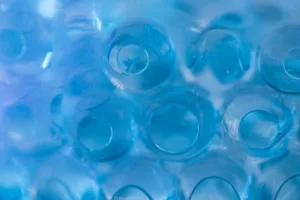

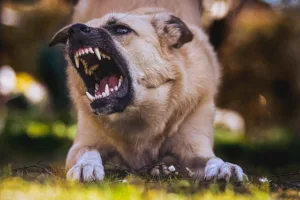

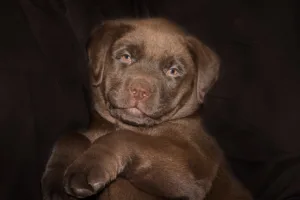
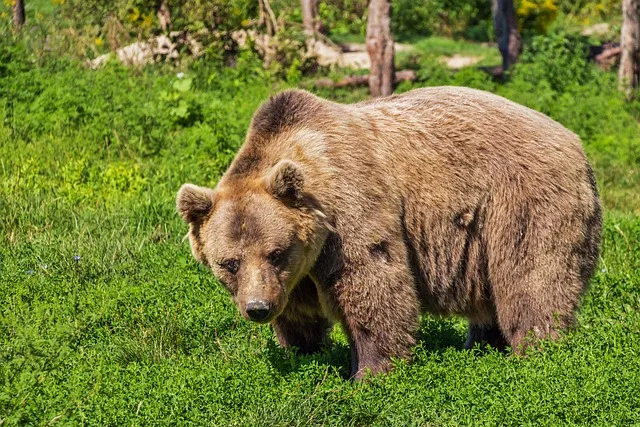

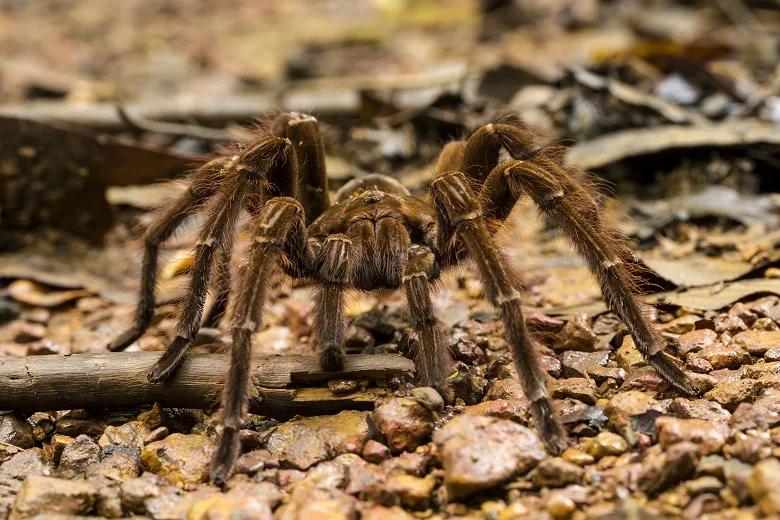
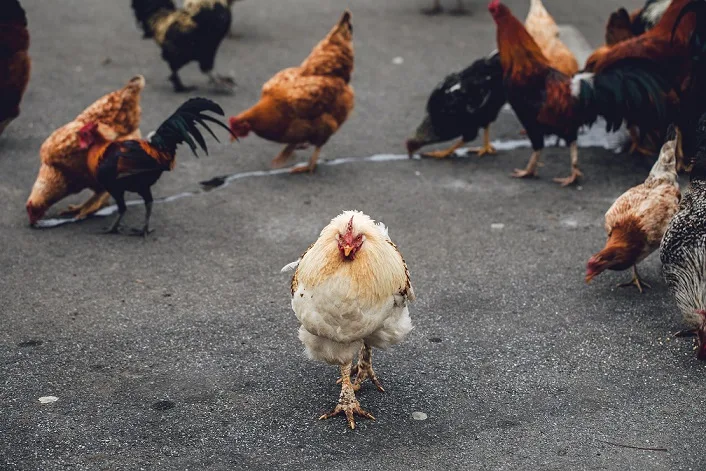

One thought on “What Does Bear Poop Look Like: Unveiling 6 Best Secrets of the Wild”